




The emergency Sanitation Operating System (eSOS) toilet we developed is a connected solution for sanitation in emergency response situations under extremely harsh conditions. It provides basic hygiene to those needing it the most and at the same time collects essential data and translates them into relevant management tools.
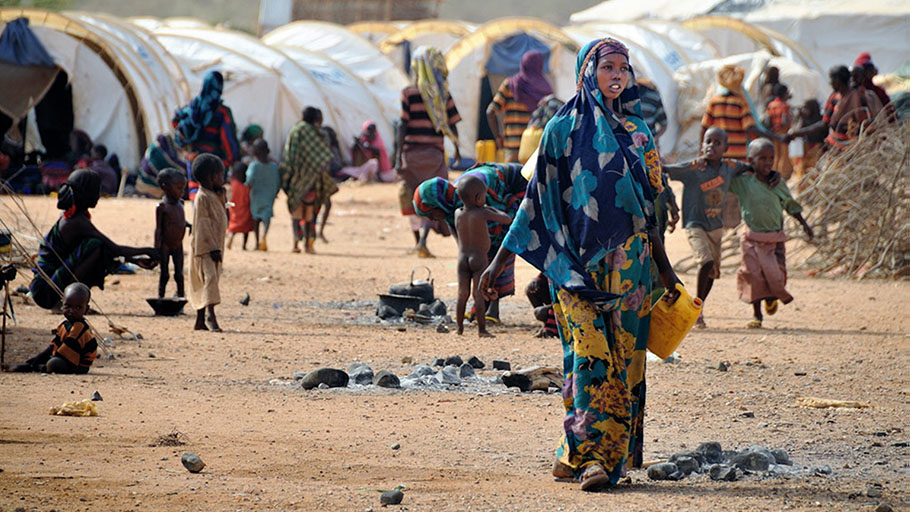
More than 1 billion people do not have access to basic sanitation! Especially in emergency response situations providing access is hard due to infrastructural constraints, logistic complexity, and cost. We wanted to use our knowledge to make high-quality sanitation accessible for everyone in the world: connect the dots between those who are in need of proper sanitation, those who operate the system and the application of smart technology.
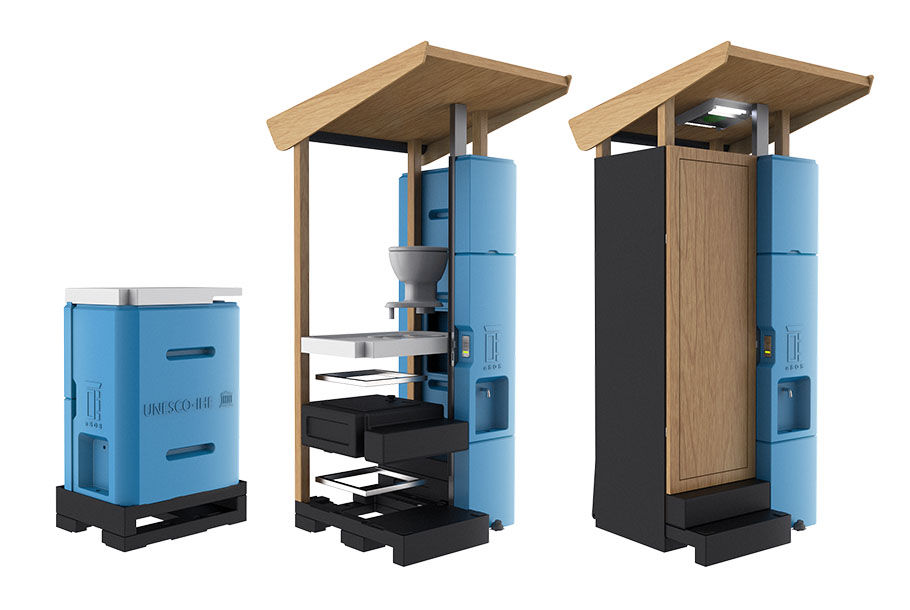
The system consists of three main components: the modular smart toilet, the monitoring and management intelligence and treatment facilities for the waste streams. Our vision is a toilet as the interface between users and technology. It collects data through a set of relatively simple sensors built into the toilet. Together with UNESCO-IHE we are identifying the value of the different ways these data can be used.
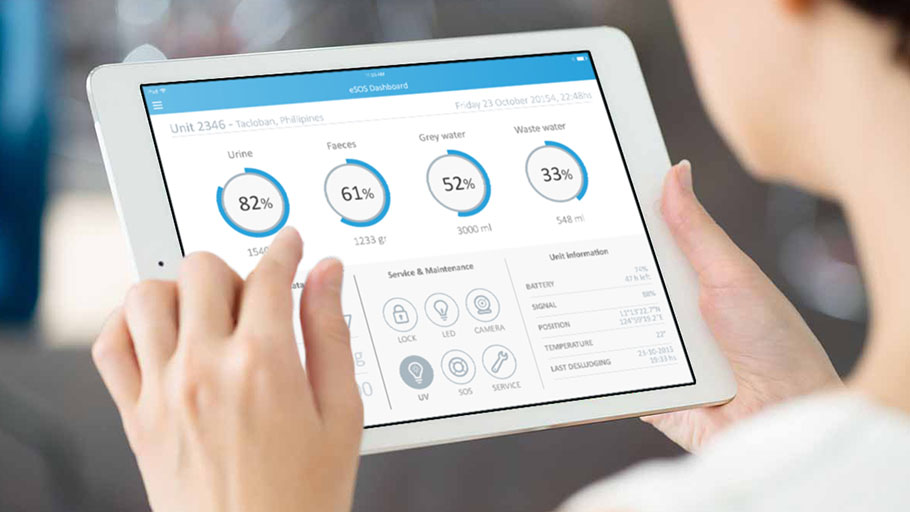
We made it possible for the toilet to separate solid and liquid waste and determine weight and volume of both. As there is no sewage system available this information is important to de-sludge the urine and fecal tanks at the right time. Too soon would mean a great deal of unnecessary trips with a de-sludging truck. Too late means serious hygiene issues. Smart sensors can also identify the presence of more than one person. This information can be used to reduce the risk of sexual harassment.
We have only started exploring the possibilities of the insights that the data offer in terms of health and nutrition. In the future, this may have an impact on predicting diseases, the supply of food and fresh drinking water or even specific types of medicine.
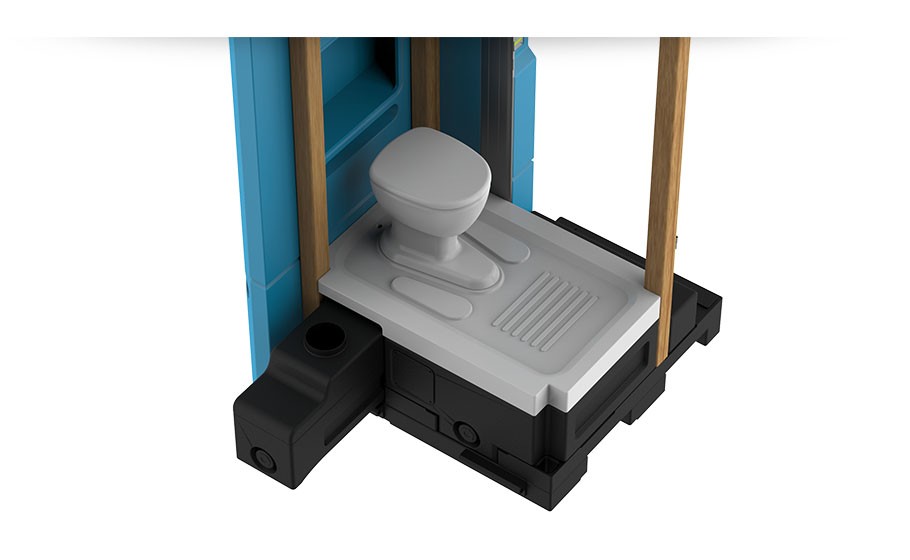
The toilet is a technology driven product but needs to function in an environment that is prone to extreme weather conditions and with a lack of electricity and clean water. At the same time, its users may behave differently than in normal situations as a result of these conditions and/or their cultural background. eSOS was designed and developed with all of this in mind. Making technology reliable, cost effective and acceptable. In the end, it must provide a self-sustaining solution operated by locals.
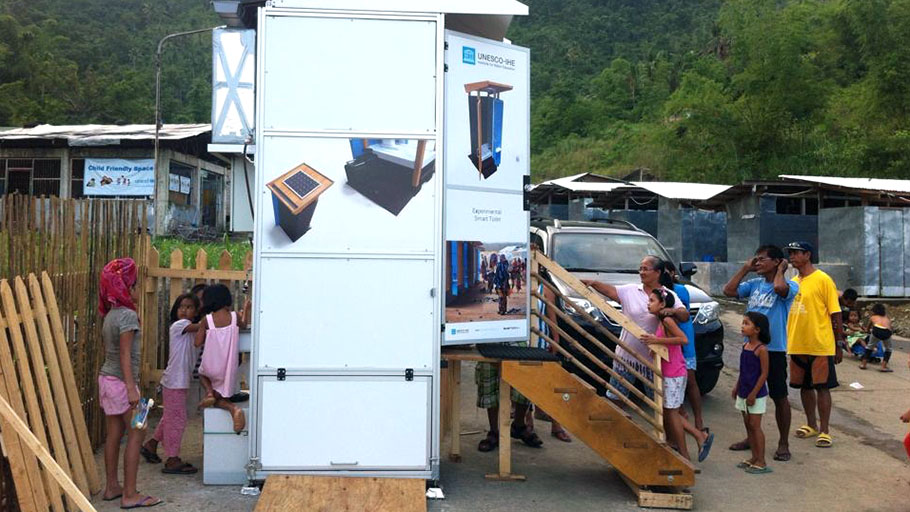
Fail quickly and cheaply! A first prototype has been placed in Takloban in The Philippines. A test user group was formed with access to the toilet. In total over a 1000 toilet visits have been recorded. Data from these visits and from interviews have been recorded and was analyzed. The test was an important step in order to acquire knowledge on the system, the behavior of users, other stakeholders and the environment it will be used in.
This outcome helps us to further develop the concept, providing the right amount of intelligence, with relevant benefits at the right price point.
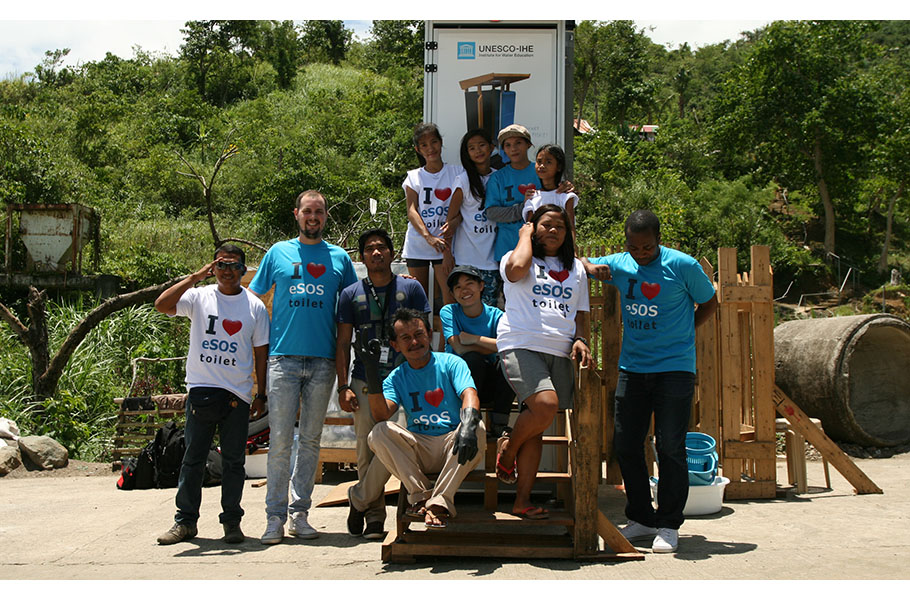
The eSOS project is not finished. We have only started to understand its potential. We are looking into the situations where it can offer a solution in the field of emergency sanitation response. We are working on the detailed engineering of the concept but also exploring all the possible uses for the data that are being collected.